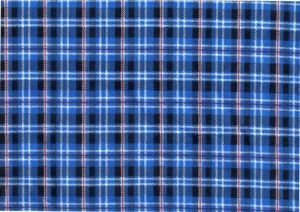 Properties of fabric for shirts. The most common fabric for sewing shirts is cotton fabric. It is this that has the necessary properties for the manufacture of this type of garment:
Properties of fabric for shirts. The most common fabric for sewing shirts is cotton fabric. It is this that has the necessary properties for the manufacture of this type of garment:
- good hygienic properties: high hygroscopicity - cotton fabrics quickly absorb moisture and allow air to pass through well;
- high strength and wear resistance;
- decent appearance;
- high hygroscopic properties;
- Cotton fabrics dry quickly and are easy to wash and iron.
Fabrics are classified as plain-dyed, variegated, printed, or gray. Some of them are subjected to special processing and are produced with embossing, decorative finishing, they can be low-shrink, water-resistant, and low-crease.
You cannot sew a shirt from the following fabrics: silk, metal and wood =)
The importance of choosing the right fabric
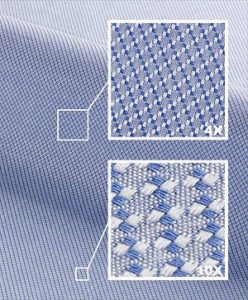 When sewing a shirt, it is important to choose the right fabric to comply with all the technological features of sewing.Then the shirt will fit correctly on the figure, and all the details will be perfectly tailored and designed. If the material is chosen incorrectly, distortions are possible already at the cutting stage. The patterns may not fit exactly, and the details will not be cut correctly. Then it will be difficult to talk about a good fit of the product. If the fabric is chosen correctly, then both the cuffs and the collar of even the most intricate cut will be sewn with high quality. High-quality fabric does not stretch, it has insignificant fraying of cuts, which makes it possible to comply with all the rules of shirt sewing technology.
When sewing a shirt, it is important to choose the right fabric to comply with all the technological features of sewing.Then the shirt will fit correctly on the figure, and all the details will be perfectly tailored and designed. If the material is chosen incorrectly, distortions are possible already at the cutting stage. The patterns may not fit exactly, and the details will not be cut correctly. Then it will be difficult to talk about a good fit of the product. If the fabric is chosen correctly, then both the cuffs and the collar of even the most intricate cut will be sewn with high quality. High-quality fabric does not stretch, it has insignificant fraying of cuts, which makes it possible to comply with all the rules of shirt sewing technology.
Types of fabrics for sewing shirts
Important! The quality and appearance of cotton fabric depends on the quality of the cotton fibers and the type of weave.
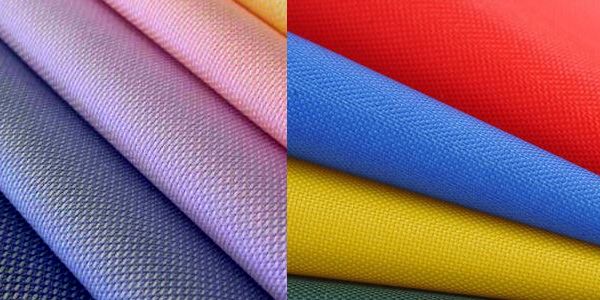
Fibers can be of different lengths - from 16 to 45 mm, and the longer it is, the better the quality of the fabric woven from such fibers is considered. The following types of weave are distinguished:
- plain weave (“matting”) is considered the simplest type of weave, but, nevertheless, it is the most durable. Fabrics of cambric, muslin, oxford poplin, and pinpoint have this type of weave;
- twill weave is denser and heavier, such fabrics are very resistant to abrasion - twill, herringbon ("Herringbone"), flannel, denim, tartan;
- jacquard weave - Jacquard, Dobby.
Synthetic or silk fabric is used less often for sewing shirts; as a rule, they are used to make items for a special occasion, and not for everyday wear. It is also possible to use linen.
Sometimes other raw materials are added to cotton to give the fabric increased strength and improved external characteristics.
Important! The price of fabric depends on the quality of the product and the length of the fiber from which it was made.
High-quality fabrics with long-lasting color and good hygienic properties are more expensive than lower-quality analogues. Imported material can be either cheaper or more expensive than domestic material, again, it depends on the quality. Therefore, you should not be fooled by cheap prices. Budget material may lose its appearance and a product made from it will look like a rag after the first wash. When choosing a material, you should carefully consider and evaluate its quality characteristics.
Fabrics for sewing children's and baptismal shirts
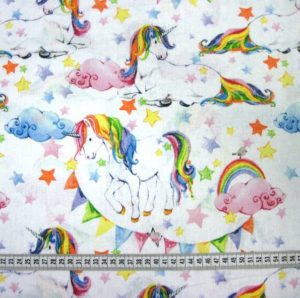 Cotton fabric is also well suited for sewing a children's shirt. At the same time, it should be very soft, with a bright, interesting pattern, so that the baby wears the shirt with pleasure. The material will become softer and more pleasant to the body if it is washed before wearing and lightly ironed.
Cotton fabric is also well suited for sewing a children's shirt. At the same time, it should be very soft, with a bright, interesting pattern, so that the baby wears the shirt with pleasure. The material will become softer and more pleasant to the body if it is washed before wearing and lightly ironed.
For sewing baptismal clothes, natural white cotton or, less often, bleached linen is used. Its cut, as a rule, is simple, but the baptismal gown is often decorated with embroidery and lace to give it airiness and festivity. The most popular fabrics for sewing baptismal shirts are chintz, cambric, and poplin.


 0
0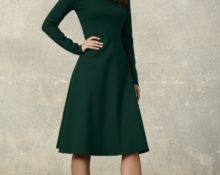

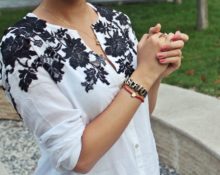
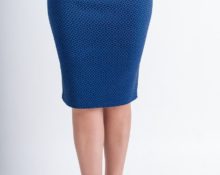
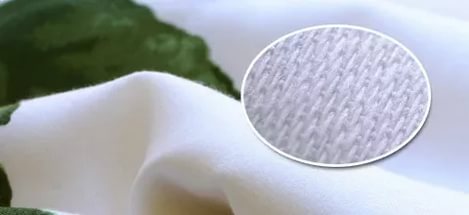
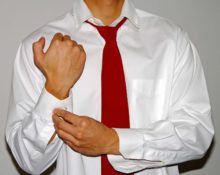

Hello Maria! Only during the stylist course did a girl ask a question about the composition of mixed fabrics for shirts so that they would not wrinkle under a jacket. Can you write such an article? We will be very grateful.